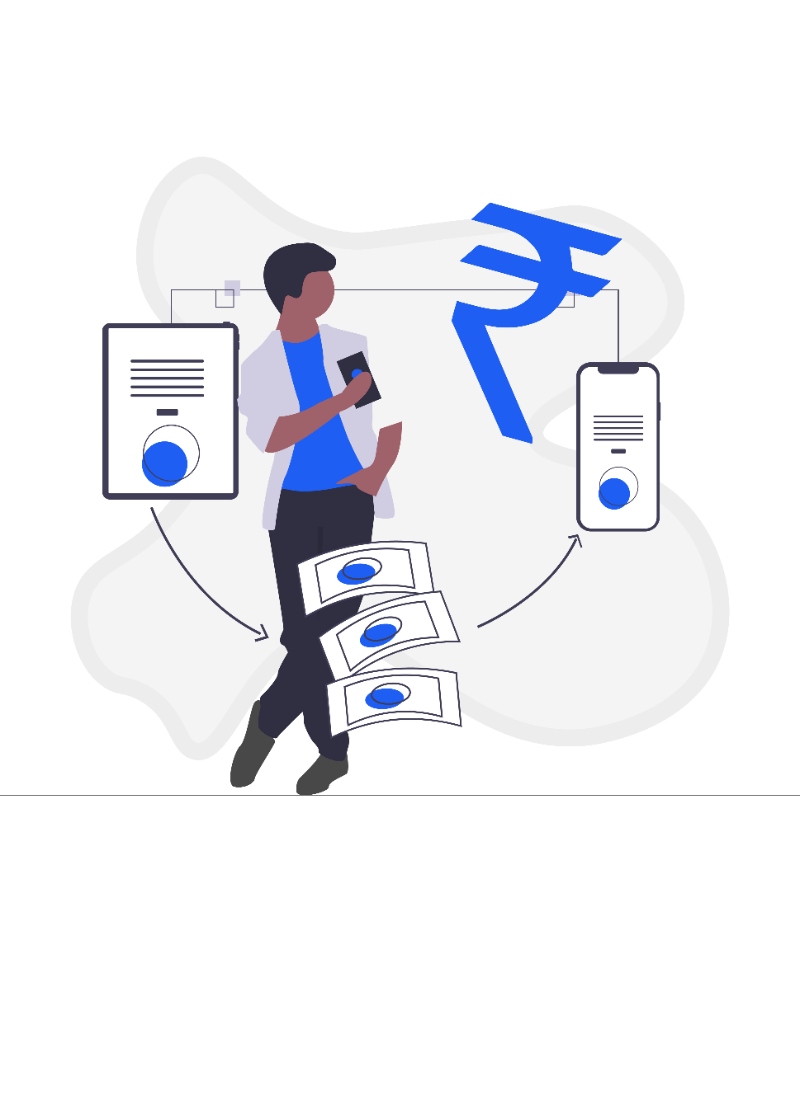
As an NRI, you may be fairly well versed in sending money to India on a regular basis. And, of course, you want the process to be quick, simple, efficient, and cost-effective. According to a Ministry of External Affairs report, India has the largest population of citizens living abroad, with 32 million NRIs and PIOs residing outside the country. With such a large ex-pat population, it’s no surprise that money transfer services to India are in high demand. The top remittance countries to India are the United States, Saudi Arabia, Canada, the United Arab Emirates, Qatar, the United Kingdom, Kuwait, Oman, Germany, France, Australia, and China.
Fortunately, it’s 2021, and the pains of the past in money transfers are fast receding. Today, the best service is one that allows you to send money from your home via smartphone and in a matter of minutes.
How do you pick the best ones, though? And what do you keep in mind? Here are some of the things you need to consider to ensure that your remittances are shared quickly and seamlessly.
Exchange rates
The biggest differentiator between service providers in the exchange rates. Choose a partner that has the most transparent and competitive rates in the industry. You can also look for premium banking services that offer preferential rates.
Taxes and conversion fees
Some financial institutions charge service taxes, conversion fees, and receiving fees for each transaction in India. Before sending money overseas, make sure there are no hidden fees.
List of remittance partners
To facilitate international money transfers, many banks collaborate with their foreign counterparts. You should ask the bank’s customer service for a list of financial institutions they have partnered with within other countries and keep it handy.
Transaction speed and time
To ensure that the beneficiary receives the funds on time, inquire about the transaction’s completion time. Ideally, you want a bank that responds as quickly as possible. Transactions can take anywhere from a few hours to a few days to complete, depending on your mode of transfer.
Cut-off time
Banks have a different cut-off time for each country. If you successfully initiate an international money transfer before the cut-off time, your transaction will be completed the same day in most countries. Inquire with customer service about the cut-off times for each country.
Currency list
Check whether your remittance service provider supports the currency in which you wish to transact.
Past exchange rates
Before making a transaction, check the exchange rate for the day, as even minor fluctuations in the rate can result in significant gains or losses in rupee terms.
Transaction limits
Banks impose limits on the amount of money you can send abroad. Furthermore, some banks impose limits on the number of transactions that can be made in a year. Before making international transfers, make sure you know what the limit is.
Beneficiary information
When you send money to India, banks will ask you to include the names and addresses of the recipients. Transactions may be denied if the recipient’s bank account number, name, address, bank branch name, and IFSC (Indian Financial System Code) number are incorrectly entered. In some cases, the SWIFT code is also required. Before proceeding with any transaction, double-check the information and keep it on hand.
Holidays and working hours
Banks do not conduct operations on holidays. So keep a calendar handy and plan accordingly. Of course, a payment service provider like Salt will ensure your money is remitted and delivered as soon as possible.
Regulations
Above all, understand the rules. The Reserve Bank of India has a set of rules that govern the transfer of money, whether for family, investment, or any other reason.
Conclusion
Transferring money by NRI to India is no longer a challenging task. The variety of options available today makes it simple to transfer funds from any country. The only difficulty that one may encounter is deciding on the best provider and mode of payment. To obtain the best deal in transferring money, one should look at the exchange rate and service charge while keeping an eye on fluctuating rates when sending a large amount. Choosing the preferred mode of payment becomes a stress-free activity for NRIs when they focus on the exchange rate and service charges.
If you are an NRI looking to send money to family or friends in India, this post (and Salt’s services) are for you.


